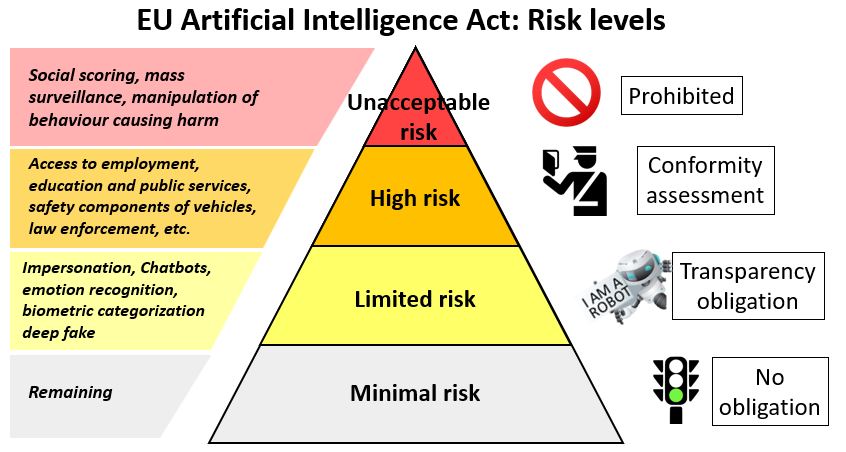Looking to the future on St. Patrick’s Day
Source: TH
Relevance: GS 2: International Relations
Prelims: St. Patrick’s Day, FTA, G20
Mains: The judicial systems in India and the UK seem to be converging as well as diverging in recent times. Highlight the key points of convergence and divergence between the two nations in terms of their judicial practices.(UPSC 2020)
Why in News: Despite the longstanding 75-year foundation of diplomatic ties, Ireland and India have the opportunity to forge a stronger and more lasting partnership through the utilization of young talent.
St. Patrick’s Day 2024 in India
Significance of the Day: This day holds particular importance in India’s calendar.
Commemorating Diplomatic Relations:
- Celebrating 75 years of diplomatic ties between Ireland and India.
- Reflecting on Ireland’s significant role in India’s struggle for independence from colonial rule.
Historical Partnership:
- Recalling the historical exchanges and meetings between leaders of both nations during the fight for independence.
- Acknowledging the shared journey towards establishing independent and modern republics.
Growing Connections: Celebrating the continuous growth of ties between Ireland and India in various sectors such as trade, education, and interpersonal relationships.
Global Celebration of Irish Heritage:
- Embracing St. Patrick’s Day as an occasion to join over 70 million people worldwide with Irish ancestry.
- Recognizing the multitude of ways individuals express their affinity for Ireland across the globe.

India-Ireland Relations:
Historical Friendship: India and Ireland share a long history of friendly relations, dating back to the time of India’s independence movement.
Economic Collaboration: Synergy exists between flagship programs such as Skill India and Digital India in India and Ireland’s esteemed educational institutions.
Bilateral Trade Growth:
- Bilateral trade in goods has seen a substantial increase from Euro 463 million in 2010 to Euro 650 million.
- Total trade in goods and services surged to €2.48 billion in 2013, up from €2.2 billion in 2012.
Indian Community in Ireland:
- Approximately 26,000 individuals of Indian origin reside in Ireland, with 17,000 being Indian nationals.
- Predominantly engaged in healthcare, IT, engineering, and senior management roles.
Education Exchange:
- Ireland is emerging as a prominent destination for Indian students pursuing higher education, especially at the post-graduate, doctoral, and postdoctoral levels.
- Presently, there are over 1,400 Indian students enrolled in Irish higher educational institutions.
Way Forward:
- Indian Contribution to Ireland: India significantly contributes to Irish society, particularly in IT, healthcare, and other pivotal sectors.
- Contemporary Bilateral Relations: The present bilateral relationship is enriched by the active involvement of Indian professionals, reminiscent of the profound partnership between Irish and Indian freedom fighters of the past.
- Shared Partnership Principle: An old Irish adage, “Ar scáth a chéile a mhaireann na Daoine” (“We live in each other’s shadow”), encapsulates the enduring nature of mutual influence and cooperation.
- Relevance for Future Generations: This symbiotic relationship will continue to hold true for future generations worldwide.
- Importance of Mutual Support: In today’s world, safeguarding and bolstering one another and fostering lasting alliances are of paramount importance.
- Expansive Partnership: The partnership transcends mere trade and investment, extending into realms such as culture, sports, education, and tourism.
A penal code for AI
Source: IE
Relevance: GS2: Governance
Prelims: Artificial Intelligence, Global Partnership for AI Summit, AI Mission, Differences Between AI, ML and DL, INDIAai.
Mains: The emergence of the Fourth Industrial Revolution (Digital Revolution) has initiated e-Governance as an integral part of government. Discuss. (2020)
Introduction to the EU’s AI Regulation
- The European Parliament has passed the first comprehensive regulatory regime for artificial intelligence, known as the Artificial Intelligence Act (AI Act, 2024), aiming to provide harmonized rules for AI development and usage within the European Union (EU).
- The law acknowledges different levels of AI, their utility, and potential harms, setting a precedent for global AI regulation.
Scope and Objectives
- The AI Act, 2024, aims to improve the internal market by establishing a uniform legal framework for the development, market placement, and use of AI systems in the EU.
- It ensures compliance with the Charter of Fundamental Rights of the European Union and other European laws governing AI provision and usage.

Key Provisions
- Article 2 applies the law to AI service providers operating within the EU, regardless of their location.
- Article 3(1) defines AI systems as machine-based systems designed for various levels of autonomy, adaptiveness, and inference capabilities.
- Article 5 prohibits specific AI practices, including the deployment of manipulative or deceptive techniques causing significant harm.
Classification of AI Systems
- The law categorizes AI systems based on their potential for harm, explicitly banning harmful AI practices and regulating high-risk AI systems.
- Harmful AI practices include manipulative subliminal techniques, exploitation of vulnerable groups, social scoring by public authorities, and real-time remote biometric identification for law enforcement.
- High-risk AI systems require compliance with stringent requirements before market placement, including risk management, transparency, and human oversight.
- AI systems presenting limited risks are subject to a limited set of transparency obligations, while low or minimal risk systems face no additional legal obligations.
Enforcement and Implementation
- The law establishes a European Artificial Intelligence Board and national supervisory authorities to monitor compliance.
- Fines for non-compliance range from 30 million euros or 6% of total worldwide annual turnover, depending on the severity of the infringement.
- The law will be phased in over time, with obligations for high-risk AI taking effect within 36 months and prohibited practices becoming punishable within six months.
Global Implications and Future Considerations
- The EU’s AI regulation sets a precedent for imagining regulatory regimes for AI worldwide, considering its increasing impact on humanity.
- Commercial potential in the AI market is substantial, with significant investment being sought for further development.
- Regulations must balance commercial implications with AI’s uses, benefits, and potential harms to address evolving challenges effectively.





